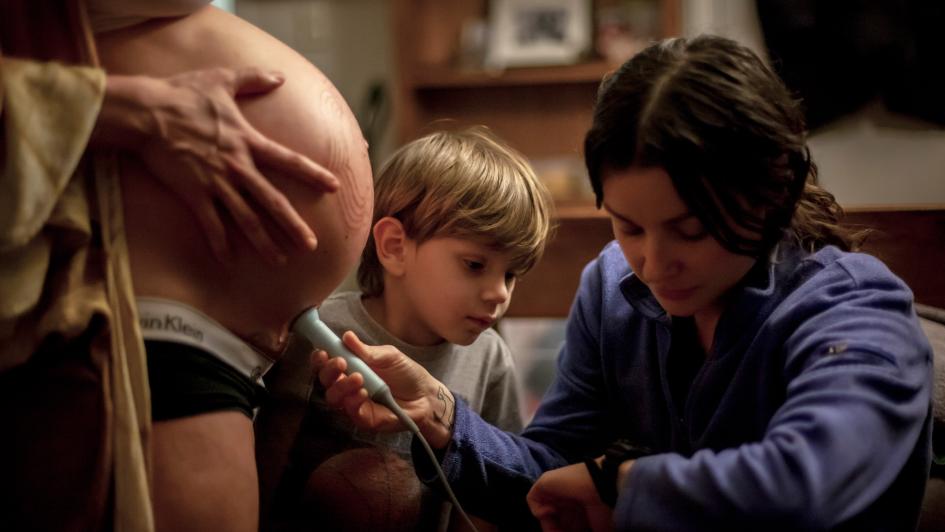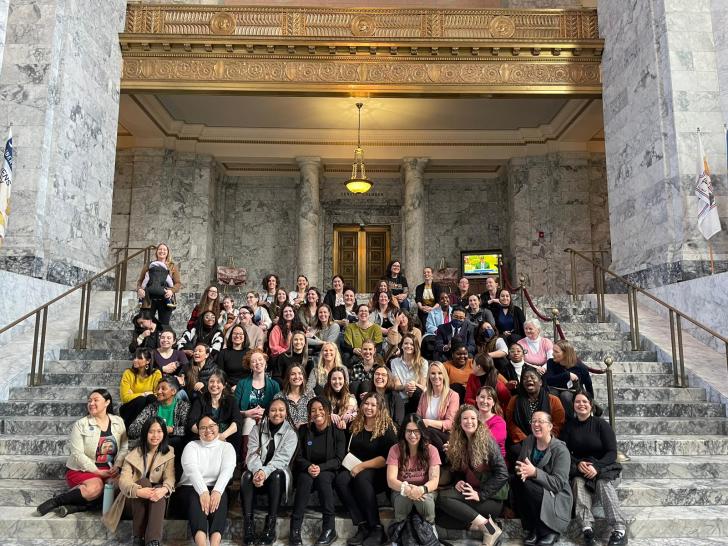Midwifery Student Thesis Project Becomes Instrumental During COVID-19 Pandemic

Published
Long before COVID-19, senior midwifery student Emily Jones chose to study the role of community midwives in disaster preparedness for her master’s thesis, Integration of Community Midwifery and Licensed Freestanding Birth Centers into Washington State Disaster and Emergency Management. Community midwives provide care to people with healthy, low-risk pregnancies and attend births in the home and freestanding birth center settings. During emergencies, people continue to have babies and require postpartum support and care. It is essential to provide the safest possible care to birthing individuals during these times of crises. Now, even though she hasn’t yet graduated, she is applying her timely expertise in her new position, operations director of disaster management for the Midwives’ Association of Washington State (MAWS)! The responsibilities of her position, which are rapidly expanding, currently include the following projects during the COVID-19 pandemic:
-
Creating a plan that details the midwifery profession’s response to emergency crises in Washington State. Jones and her committee hope that the completed plan will also be a resource for midwives in other states who are trying to come up with their own strategies.
-
Reaching out to health care coalitions in Washington State — such as hospitals, emergency medical services and public health agencies — to discuss the role of community midwives in emergency situations.
-
Applying for access to sufficient supplies to care for a large influx of patients. These supplies include antibiotics, IV fluids, needles, syringes and Doppler gel, among many others.
-
Collecting data from a poll asking midwives how many patients they believe they might get in the next six months, how many total they think they might be able to care for due to late transfers of care, and what supplies they will need. Data from this poll will be used to request the above supplies.
-
Determining how to train hospital providers in attending births in homes and freestanding birth centers; for example, training labor and delivery nurses to become birth assistants.
-
Creating whole community healthcare systems that are inclusive of community midwives, freestanding birth centers, and hospital childbirth units to mitigate at-capacity facilities
Currently in Washington State, disaster preparedness plans do not include community midwives. If hospitals reach capacity, many alternative care facilities will be needed to care for the influx of patients or free up beds for critical care. Jones's thesis findings support the designation of freestanding birth centers as alternate care facilities, since they already have the clinical infrastructure necessary to care for low-risk pregnant, laboring and postpartum populations.
Jones had hoped her research would ensure that community midwives are included in hospitals’ emergency preparedness plans before the emergency occurs. Now it’s here. Said Jones, “The Department of Midwifery’s Master’s Project track, the opportunity to become an expert in this niche field of midwifery and disaster management, has allowed me to learn a lot about the current status of midwives in disaster management and what the future could look like. I have the background to effectively tackle this COVID-19 pandemic in a way that’s coming from research and evidence.”
For more information about the Master of Science in Midwifery program, visit Bastyr.edu/midwifery.


